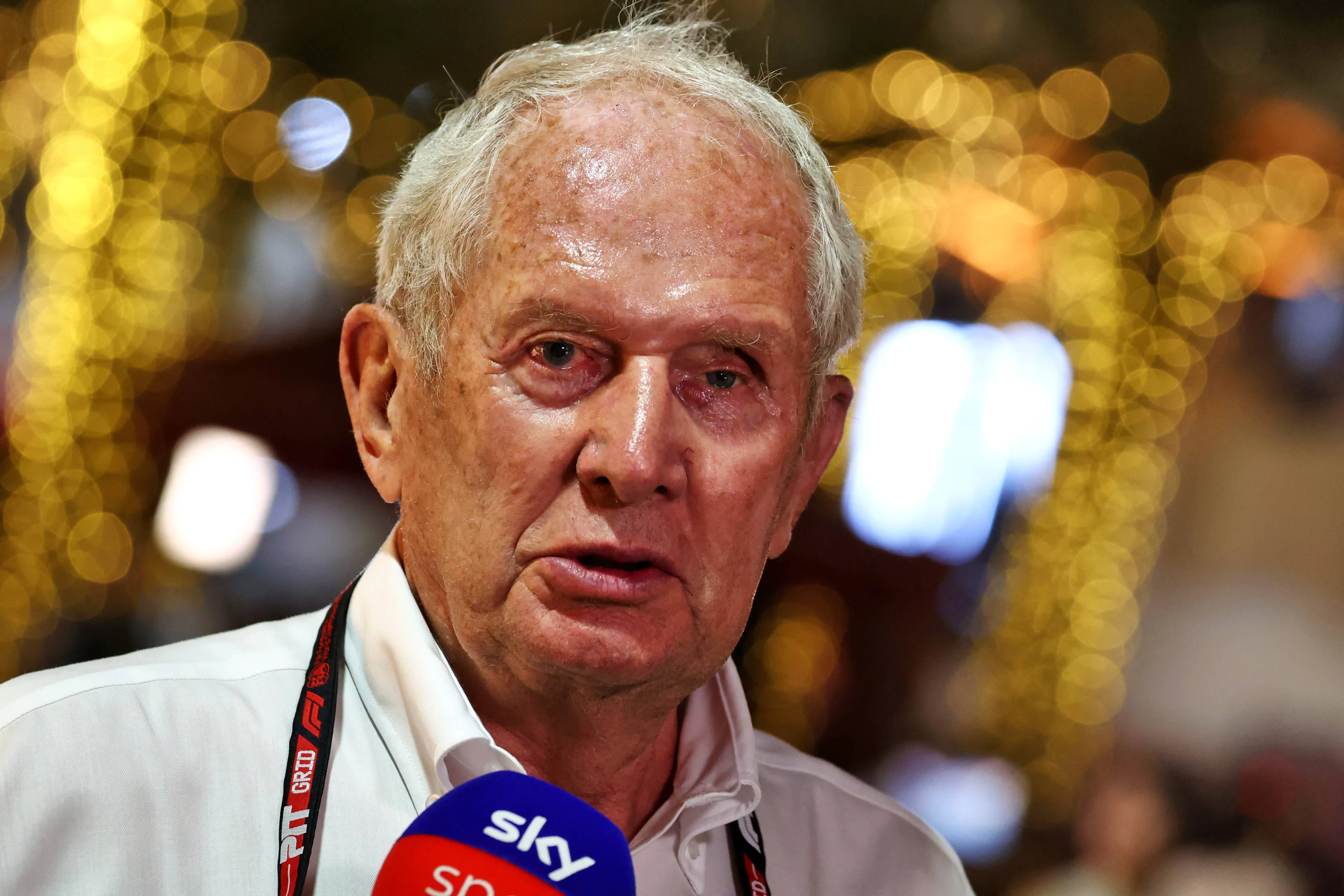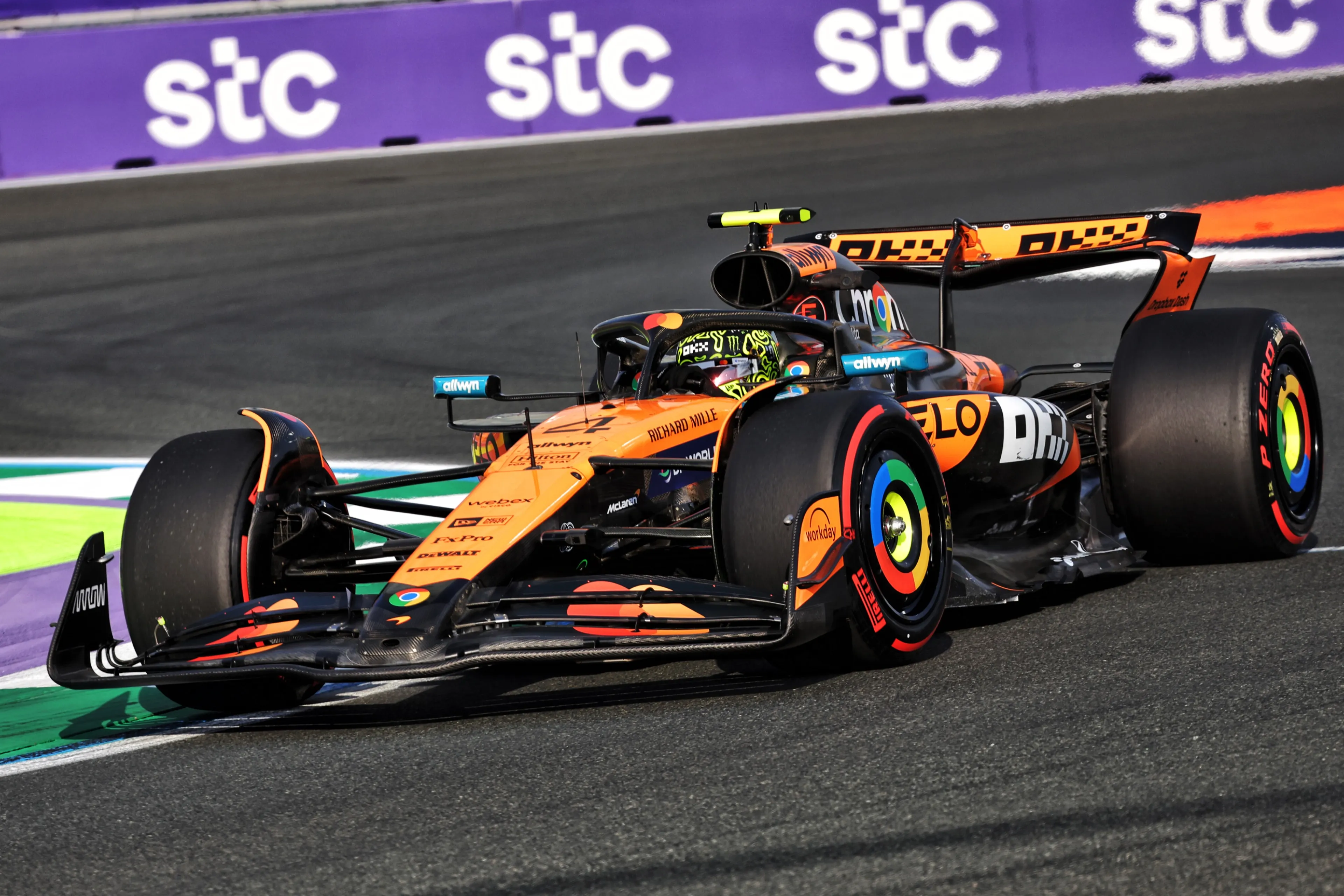If approved as in line with with the power unit governance, the engine regulations for 2026 are getting an eleventh-hour overhaul. Formula 1 speaks of 'refinements in the strategy of energy management'.
In recent weeks, the demand for adjustments to the power units increased, as several manufacturers were worried about the competitiveness of their engines for the upcoming season. There was a fear that one manufacturer might gain such a significant advantage over the others, that in F1, the power unit would make the difference. This was not the intention with the new regulations.
For most manufacturers - except Mercedes - the major issue was the ratio between the battery and the combustion engine. Both components are supposed to account for 50 percent of the power unit respectively. But specifically for the battery, Ferrari, Honda, Red Bull Powertrains, and Audi are experiencing issues. For example, they fear that within their engine they would not manage to charge it adequately for full throttle on straights.

What Changes with the Engines?
GPblog has learned that firstly, there is consideration for a redistribution of these percentages, where the battery's share would become smaller. When Formula 1 talks about refining the strategy on energy management, that's where the difference can be made. In other words: the share of the combustion engine would increase, for example to 60 or 70 percent, and thus the battery's share would decrease. Discussions on the proportions will continue in the coming period.
In the statement from the FIA, shared with GPblog, it is also mentioned that 'measures will be introduced to address the financial issues manufacturers of power units might face if they encounter poor performance or significant reliability problems in 2026'. A further explanation of what this entails is still pending.
Read more about:
















